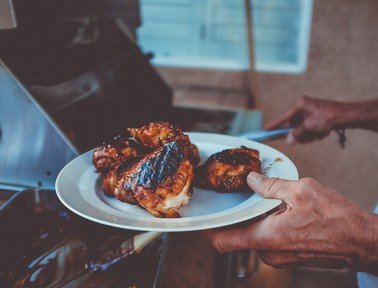Quiz Answer Key and Fun Facts
1. Vegemite is an Australian food that, when first tasted by visitors from overseas, tends to evoke which reaction from them?
2. Long before Europeans arrived in this country, indigenous Australians lived off the land, collecting foods wherever they roved. What is this food commonly referred to today?
3. Can you select, from the following choices, an absolutely scrumptious dessert we all smack our chops over in Australia?
4. Victoria Bitter is one of Australia's highest selling beers. In which Australian capital city was it first produced?
5. This meat is high in protein, low in fat, and said to be ideal for its anti-cancer and anti-diabetes properties. From which iconic Australian mammal is it harvested?
6. Times were tough in Australia after World War I and during the depression years. Many men took to the roads finding work wherever they could, sleeping and eating out in the open. What was the name of the container in which they boiled their bush tea?
7. Where would a cup of tea brewed out in the bush be, without something to nibble on as well? Made from a bit of flour, water, powdered milk, and baking soda if available, and cooked in the coals of a campfire, what was the name given to this rough piece of culinary delight?
8. Hitting the Aussie market in 1964, this extremely popular biscuit created by the Arnott's Biscuits Holdings has gradually spread out to an international market since that time. In 2008 they were introduced to the US market with the advertisement heading of "Australia's favourite cookie". What are they?
9. This seafood meal, named after an area of Australia from which the product is found, is said to be delicious. What is its common name?
10. Every meal could be finished off with a much loved treat which was named after a former governor of Queensland. What is it?
Source: Author
Creedy
This quiz was reviewed by FunTrivia editor
WesleyCrusher before going online.
Any errors found in FunTrivia content are routinely corrected through our feedback system.


